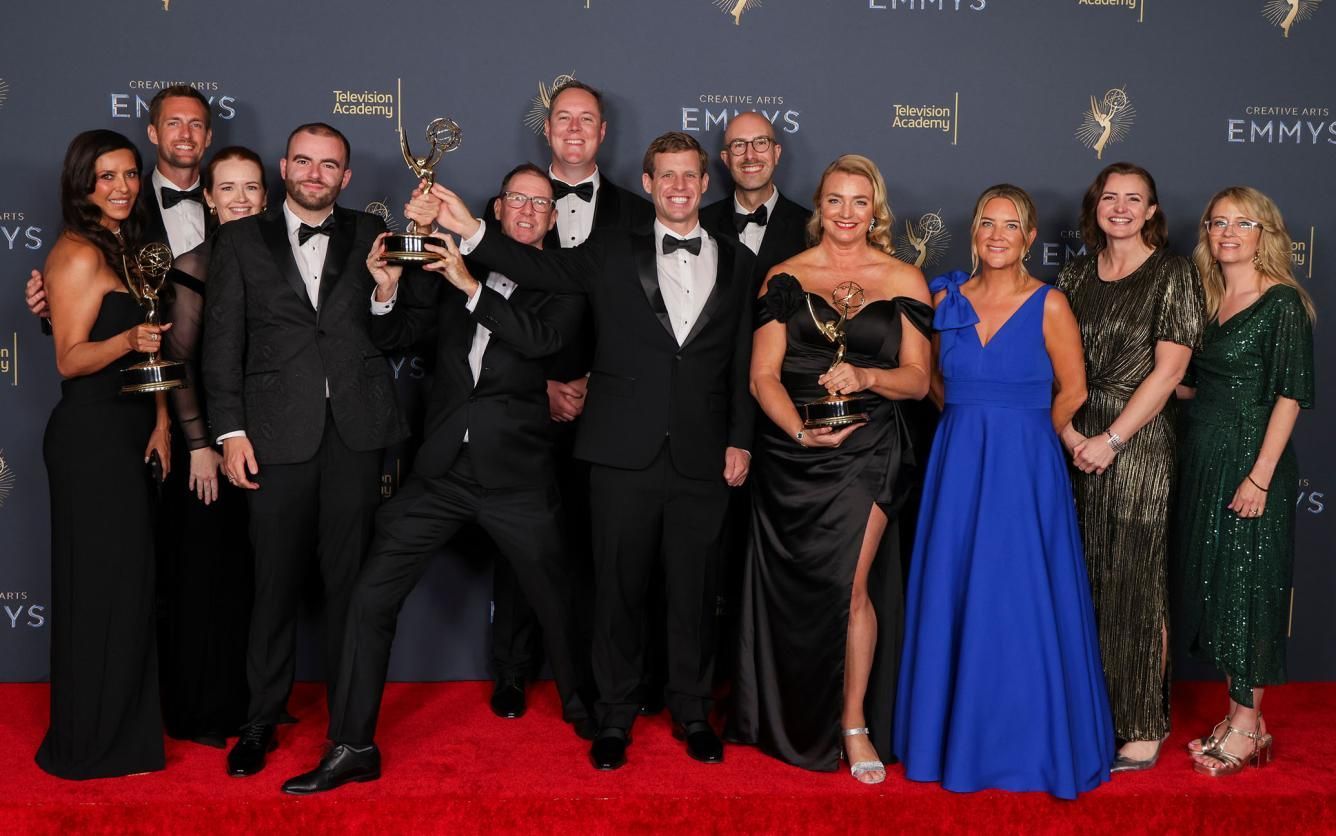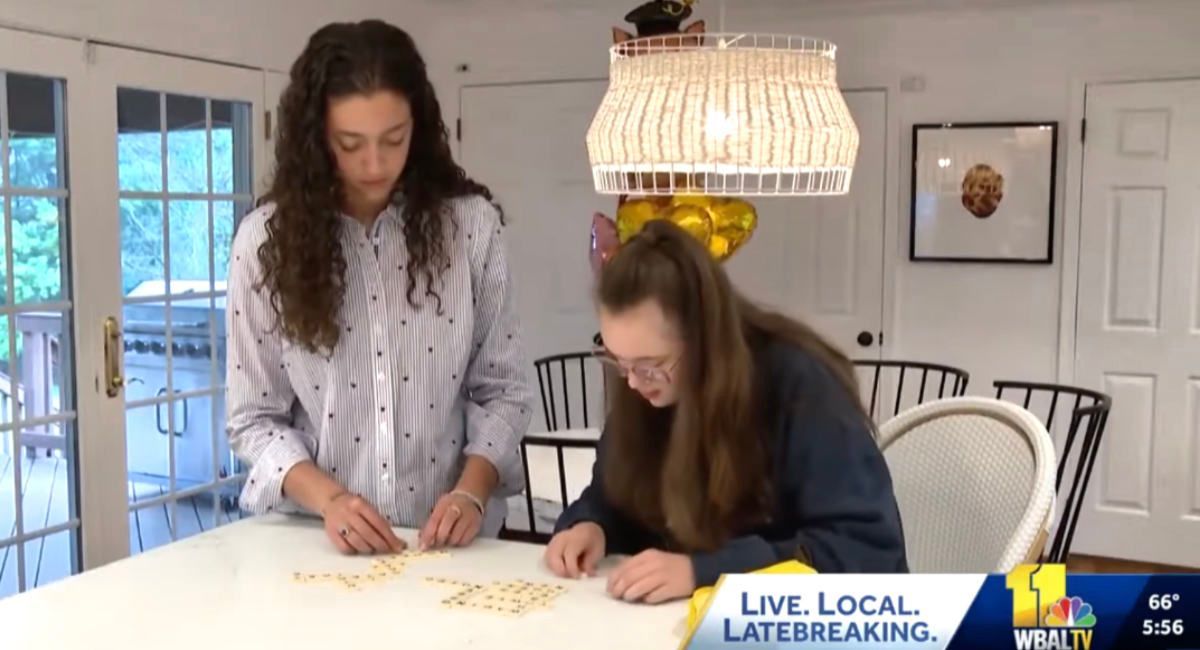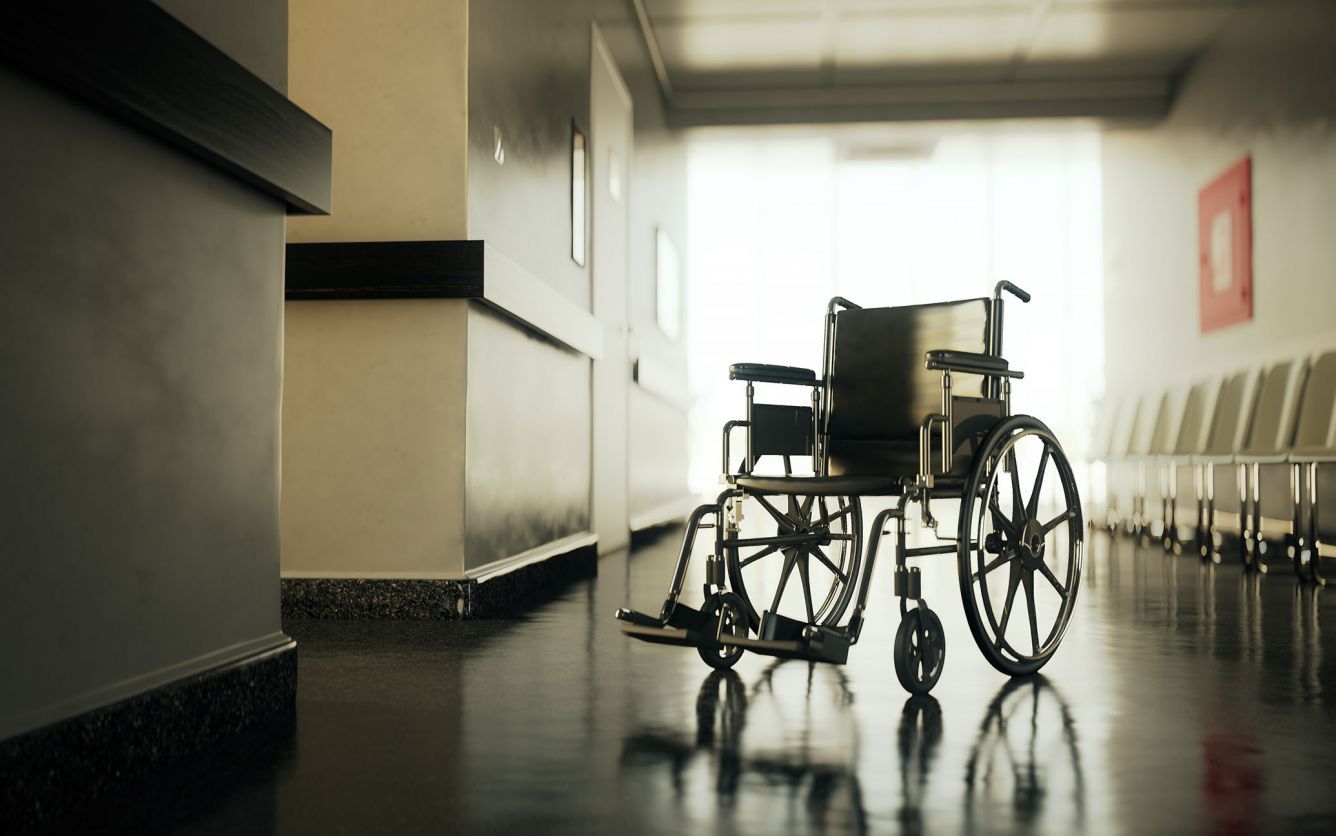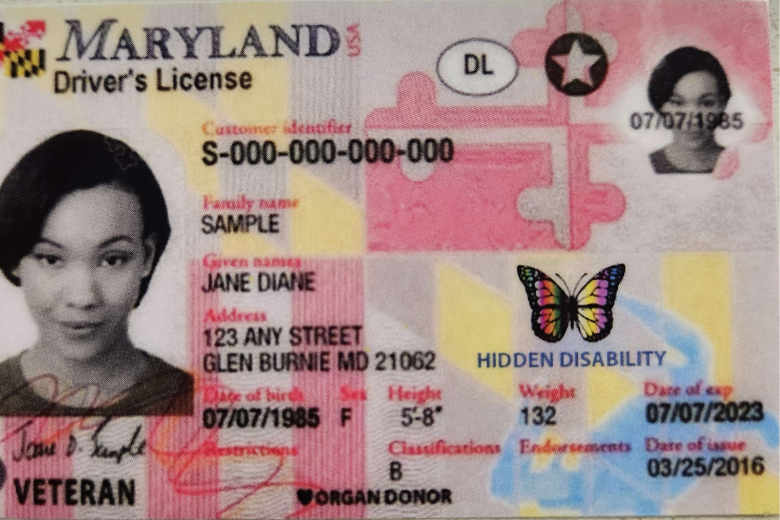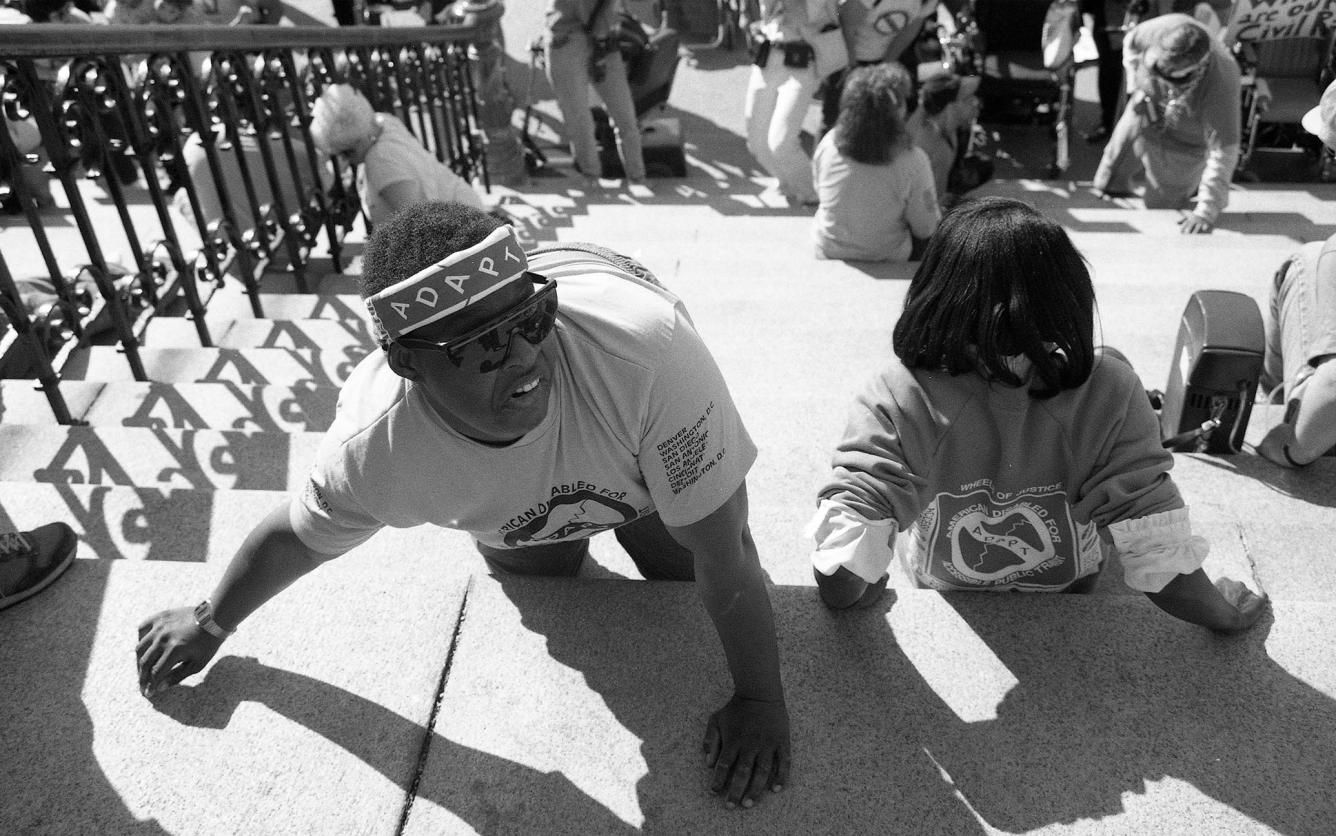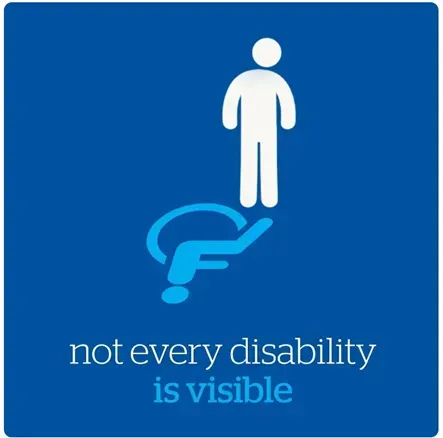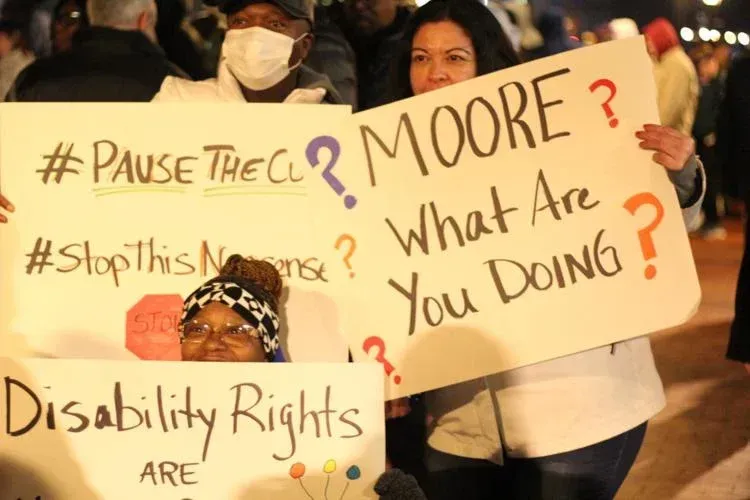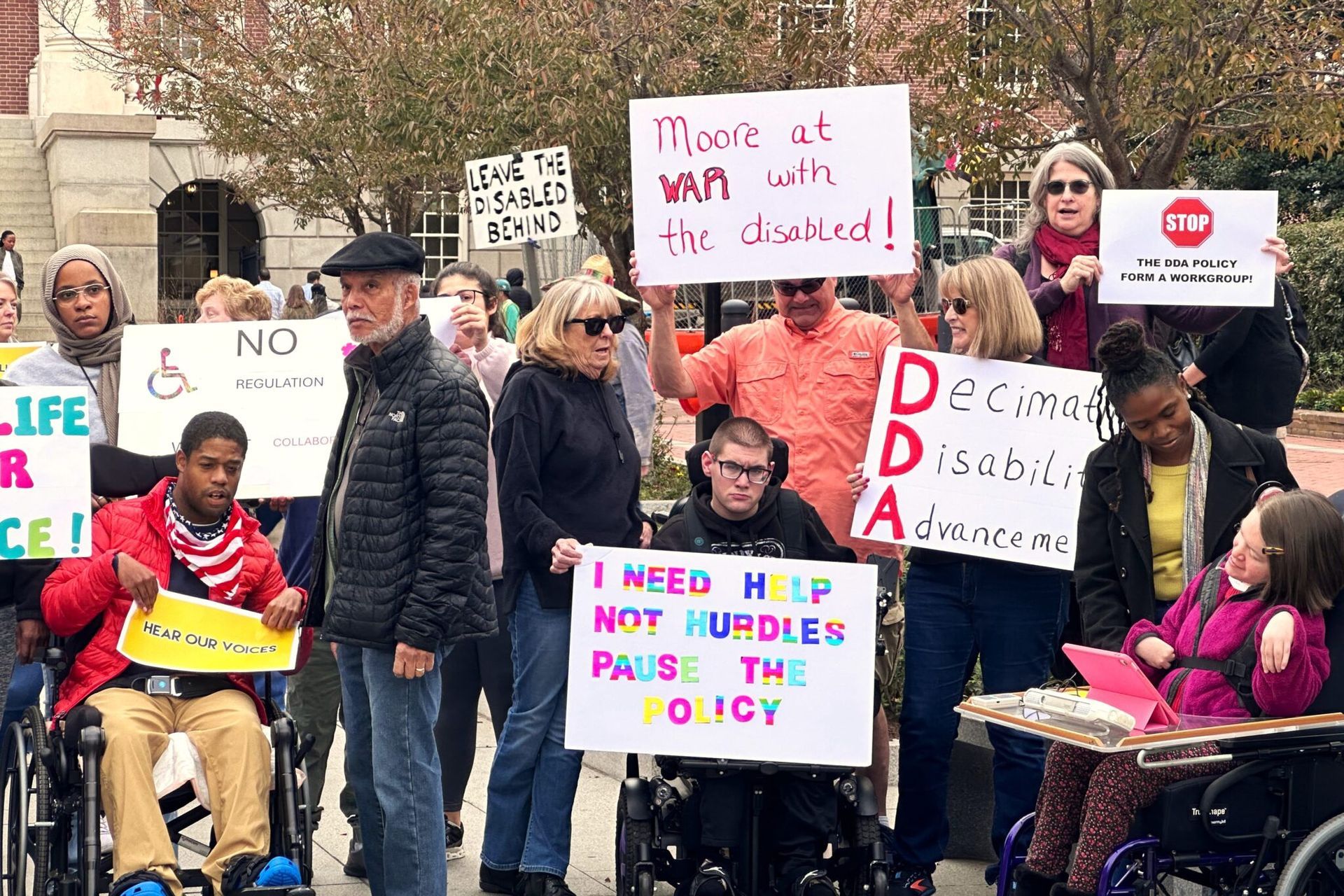With Cherished Event Canceled, Friends Bring Parade To Teen With Down Syndrome

CHICAGO — Ben Carnes, 17, starts counting down to Crystal Lake’s annual Festival of Lights parade on July 5.
“Parades are his thing, for sure,” said Julie Carnes, Ben’s mom. “There are two big ones in our town: Fourth of July, and as soon as that one happens, the talk shifts to the Santa Claus parade. He talks about them all year round.”
Ben has Down syndrome, and his love for parades inspired his parents to seek out the Kingpins, a drum line for students with special needs. In 2019’s Fourth of July parade, Ben got to ride a parade float and perform with his fellow drummers.
“There were definitely times when the thought of him getting up to perform in front of people was something I couldn’t imagine,” Julie Carnes said. “Now I would even go so far as calling him a ham sometimes. He gets so much joy from these parades.”
The Fourth of July parade and the Festival of Lights parade, which typically takes place the day after Thanksgiving, were both canceled this year because of COVID-19. Ben took the Fourth of July news hard. He refused to even acknowledge the Festival of Lights (aka the Santa Claus parade) cancellation.
“Maybe two weeks before it would’ve happened we started to plant the seed that it was canceled,” Julie Carnes said. “It was honestly as if he was just ignoring the fact. We thought, ‘Oh boy. This is going to be tough.'”
The Tuesday before Thanksgiving, Julie Carnes was texting in a group chat with friends and mentioned that Ben was struggling.
“Ben’s pretty carefree and always in a good mood,” Erin Snodgrass said. “Julie texted that he was sad and down and kept asking about the parade, even though they talked over and over about the parade being canceled.”
Julie Carnes asked if her friends knew of other light shows in the area. Her friends had another idea: What if they lined up and drove by Ben’s house one night to wave and honk? Maybe hold up some posters?
“Kind of mimicking what those birthday parades are like,” said Kerri Bowers.
“I remember Julie was like, ‘Let’s hold off and see how Ben does,'” said Laura Karamitos. “But, of course, we didn’t listen.”
Snodgrass, Bowers, Karamitos and Tammy Freund all work with Julie Carnes at Crystal Lake South High School. (Freund and Bowers are school counselors; Karamitos, like Carnes, is a social worker; Snodgrass is a speech language pathologist). The foursome hopped off the group text and got to work planning a parade.
Karamitos began the hunt for a Santa suit and a Santa. Bowers emailed some friends and neighbors. Snodgrass emailed the school’s student services department.
“Ben is in our functional living skills program, so he’s pretty well known around the building,” Snodgrass said. “And obviously Julie works there, so it’s like a family. When we need each other, we kind of just step up.”
Peter Karamitos, Laura’s husband, scored a Santa suit from a buddy. Snodgrass’ boyfriend, Jim Tomasello, procured a flatbed trailer and a bunch of inflatables.
“I asked him if we could put a couple blowups in the bed of his truck and he was like, ‘That’s not a parade! You have floats at a parade!'” Snodgrass said.
The initial plan to line up four or five cars quickly blossomed as word spread and everyone wanted in. They asked participants to meet in front of Bowers’ house at 5:30 p.m. on Sunday and caravan the mile or so to the Carnes’ house.
“I ended up directing traffic on both sides of the street,” Bowers said. “We had more than one car per family — you’d have each spouse in a car, teenage children in their own cars. We had several people there who had just lost family members to COVID and still showed up.”
Bowers estimated 26 cars lined up in all, with Santa, decked head-to-toe, leading the line.
“I was like, ‘You know you can probably just put the Santa jacket on,'” Karamitos told her husband. “He was like, ‘No, we’re going all out.’ I ended up painting his eyebrows white.”
Julie Carnes’ friends managed to keep the parade a secret from her, but they let her husband, Jeff, in on the plan so he could make sure everyone was home when the parade made its way to their street. At one point Sunday evening Jeff texted the friends to hurry and come over before Julie headed to the basement to work out.
“Kerri called me and said, ‘Hey, we need you to go outside,'” Julie Carnes said. “And in my mind I just thought her family was going to come by and drop something off. I had no idea what I was walking outside for.”
She and her husband grabbed Ben and his younger brother, Charlie, and headed out front.
“And there’s this tremendous parade,” she said. “So many people showed up — some of his teachers were there, my boss came, our former vice principal came, his P.E. teacher, his speech therapist, his occupational therapist.”
All driving by Ben’s house. In a festival of lights and inflatables and love.
“He’s a pretty happy and social guy in school,” Julie Carnes said. “Everyone kind of knows him because he’s always saying hi to everyone as he does his jobs in school. He brings so much joy to people, and I think that’s why so many people came.”
At every Fourth of July and Festival of Lights parade, someone in Ben’s family is assigned recording duties so Ben can rewatch the parade for the weeks and months that follow. Charlie captured Sunday’s parade for his brother, and Ben has watched it every night since.
“Some cars dropped out gifts,” Julie Carnes said. “Santa gave him a snow globe with Charlie Brown inside. And he got some balloons. He takes those balloons and that snow globe into his room every night to sleep.
“It still makes me cry,” she continued. “It was huge for him.”
And for the participants too.
“We all needed it,” Snodgrass said. “Just as much as Ben needed it, we all needed it.”
“It started as a small idea to help a friend out for 15 minutes and bring a smile to Ben’s face,” said Bowers. “And it just blew up, but with joy. His face when he saw Santa, it was such a joyful thing.”
“I got home and I was like, ‘I want to do this tomorrow,'” Karamitos said. “My husband was like, ‘I had no idea the impact that would have on me.'”
Ben has had to give up a lot this year, Julie Carnes said. His school is open for in-person learning, but he’s been learning remotely since spring because of some underlying health conditions. Most of his favorite activities, in addition to the parades, have been shelved.
“There have been so many losses for him,” Julie Carnes said. “And he’s a kid who’s very routine driven. So it just meant so much to us to have this to lift his spirits.”
Next year, she joked (hopefully), they’ll have to break the news gently that the citywide parade is back on, and the route won’t wind directly past their front yard.
Meanwhile, Ben has the memories (and the video) of a few glorious minutes on a chilly Sunday evening, when the best of humanity was on display.
© 2020 Chicago Tribune
Distributed by Tribune Content Agency, LLC
